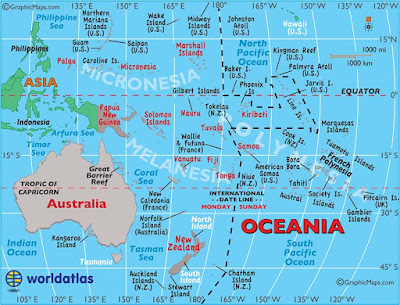Sand Dollars!!
The term sand dollar (also known as a sea cookie or snapper biscuit in New Zealand, or pansy shell in South Africa) refers to species of extremely flattened, burrowing sea urchins belonging to the order Clypeasteroida.
Sand dollars, like all members of the order Clypeasteroida, possess a rigid skeleton known as a test.
The test consists of calcium carbonate plates arranged in a fivefold radial pattern.
In living individuals, the test is covered by a skin of velvet-textured spines which are covered with very small hairs (cilia). Coordinated movements of the spines enable sand dollars to move across the seabed.
The velvety spines of live sand dollars appear in a variety of colors—green, blue, violet, or purple—depending on the species. Individuals which are very recently dead or dying (moribund) are sometimes found on beaches with much of the external morphology still intact.
Dead individuals are commonly found with their empty test devoid of all surface material and bleached white by sunlight.
The common sand dollar, Echinarachnius parma, is widespread from intertidal zones to considerable depths in the ocean waters of the Northern Hemisphere.
It can be found in temperate and tropical zones. The keyhole sand dollar (three species, genus Mellita) is found on a wide range of coasts in and around the Caribbean Sea.
The term "sand dollar" derives from the appearance of the tests (skeletons) of dead individuals after being washed ashore.
To beachcombers of the past, this suggested a large, silver coin, such as the old Spanish or American dollar (diameter 38-40mm).





Comments
Post a Comment